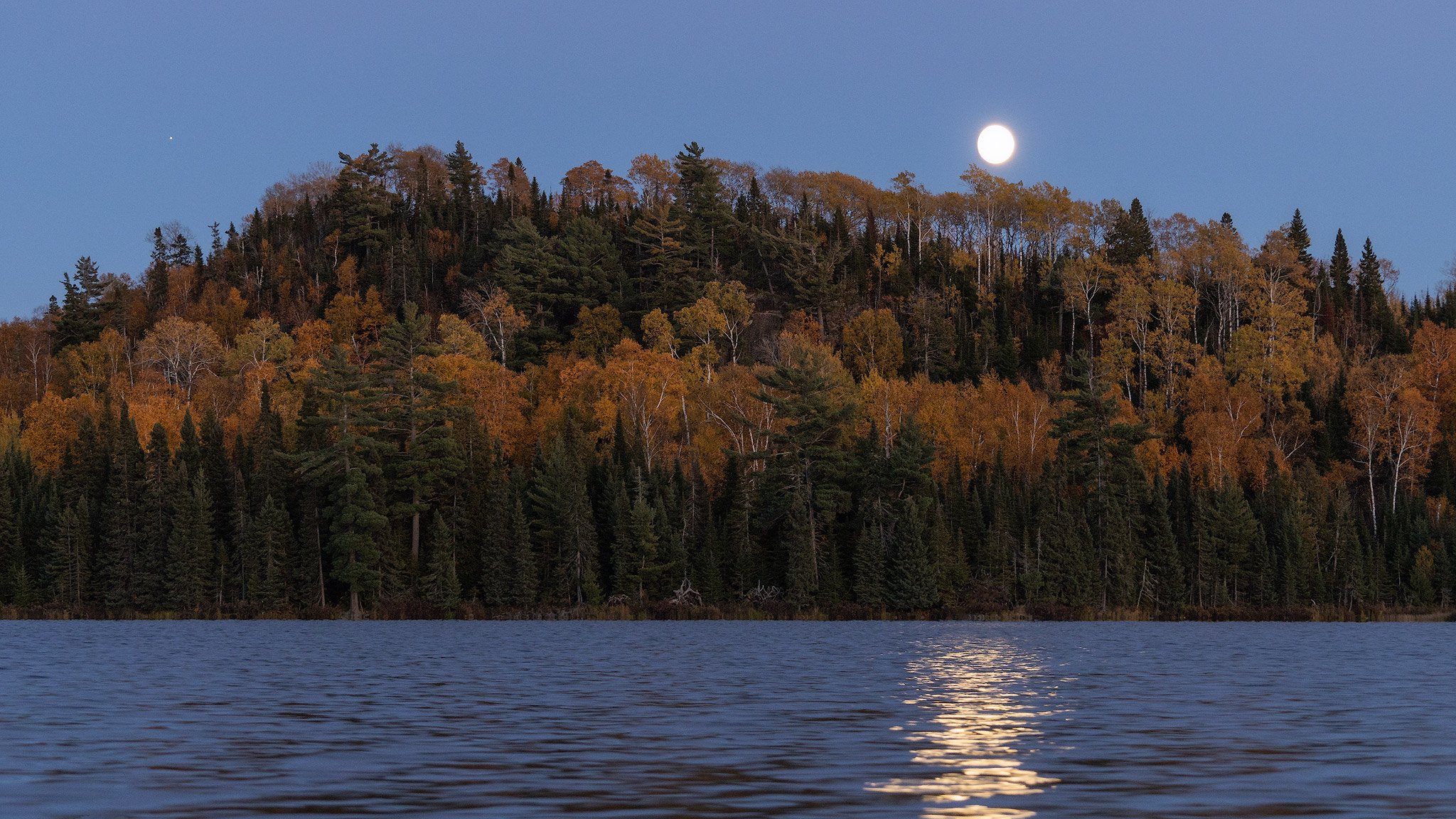
Hike Planning
This page contains general information for anyone hiking the Border Route Trail (BRT). For other important information, please see the Trail Conditions, backpacking and day hiking webpages. Practice Leave No Trace Principles at all costs. This is a pristine trail and it’s everyone’s job to keep it that way!!
General Preparation
Let someone know about your hiking plans.
Check the Trail Conditions webpage before your trip.
Wear sturdy boots or shoes with ankle support and good traction.
Many hikers find trekking poles helpful, especially on steep descents.
Be prepared for any weather condition. Layer clothing to avoid sweating. Bring wool layers in the event of adverse conditions.
Carry a pack with hydration, extra food/snacks, a paper map and compass, extra layers or rain gear, bug protection, headlamp, first aid kit and sun protection.
Bring plenty of water or a way to collect and treat water. Water collected from natural sources along the trail must be treated before consuming.
Pack out all trash to throw away at home and follow Leave No Trace principles for disposing of human waste.
A permit is required year round if entering the Boundary Waters Canoe Area Wilderness (BWCAW).
Minimize your impact by reviewing and following #RecreateResponsibly and Leave No Trace principles.
Navigation
The Border Route Trail is very remote and land navigation skills are necessary.
Be prepared to not have cell phone service.
Always carry a compass and a map of your route.
The trail can be heavily overgrown. Even when clear of treefalls, it can take some skill to spot and follow the footpath.
Other than occasional signs at spurs, there are no trail markings within the BWCAW.
Pay attention as you hike. Knowing where you are on the map is crucial if you get turned around or are in a potential emergency.
Check your compass after leaving an overlook to make sure you’re heading in the right direction.
Trailheads
Most trailheads do not have bathrooms or trash collection. Please follow Leave No Trace principles.
Pack out all trash to throw away at home.
Leave glass and metal food/beverage containers at home or in your car; these are prohibited in the BWCAW.
Use backcountry latrines at designated campsites. If use of a latrine is not possible, move away from water, campsites and trails. For human waste, dig a hole 3 to 6 inches deep and cover/disguise when finished. Pack out toilet paper and sanitary products.
Animals
The Border Route Trail traverses an area that is home to grouse, squirrels, black bears, moose, beavers, mice, wolves and more. Do not feed or approach wild animals. If an animal approaches you, try to avoid it or scare it away.
Properly store food and trash. This is important so wild animals do not begin to associate humans as a potential food source.
Dogs
Keep your dog leashed while hiking the Border Route Trail. This protects your dog from wild animals and wild animals from your dog as well as helps other trail users feel more comfortable.
Shuttles
Shuttle services are available for the BRT. Fees apply and subject to availability. Inquire directly with:
Harriet Quarles Transportation (retired)
Hunting
Hunting is allowed on Superior National Forest lands, including the BWCAW, except within developed recreation sites such as campgrounds and boating sites.
Wear blaze orange to help keep yourself visible. Hikers should stay on trail and hunters should know where the trail runs in relation to their stand or blind.
Learn more about hunting in the Superior National Forest.
